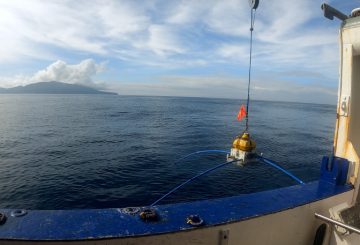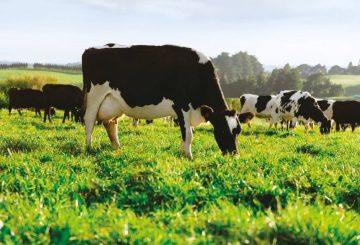Hinihiling ng ilang mga negosyo sa Wellington sa Pamahalaan na ihinto ang mga manggagawa sa pagtatrabaho mula sa bahay, kasunod ng pamumuno ng Amazon. Naniniwala sila na makakatulong ito na mapabuti ang ekonomiya, na inilarawan bilang “yelo” sa isang kamakailang ulat ng Kiwibank.
Sa Wellington, halos isang apat ng mga manggagawa ay binubuo ng mga pampublikong tagapaglingkod, na may isa pang 16% na nagtatrabaho sa lokal na pamahalaan at edukasyon. Nais ng mga negosyo na bumalik ang mga empleyado ng gobyerno sa kanilang mga tanggapan upang madagdagan ang trapiko ng paa at mat
Nararamdaman ni Sanjay Dayal, na nagbebenta ng mga produkto sa mga lokal na kainan, na masyadong tahimik ang lungsod. Naaalala niya kung gaano abala ang Cuba Street at plano na ilipat ang kanyang tindahan sa isang mas abalang lugar. Itinuro niya na ang mga negosyo ay nagbabayad ng mas mataas na renta sa mga sentro ng lungsod para sa trapiko ng paa, na bumaba nang malaki dahil sa malayong trabaho.
Naniniwala si Dayal na kung bumalik ang mga manggagawa ng gobyerno sa kanilang mga tanggapan, buhayin nito ang lungsod. Nakikita niya ang isang kaugnayan sa pagitan ng mga walang laman na kalye at pagbagsak ng mga lokal na negosyo. Sumasang-ayon si Roger Young, may-ari ng Fidel’s Cafe, na binabanggit na ang kanyang restawran kamakailan ay naranasan ang pinakamabagal na linggo nito sa loob ng 25 taon. Nais niyang hikayatin ng gobyerno ang mga manggagawa na bumalik upang itaas ang kapaligiran ng lungsod.
Idinagdag ni Young na ang pagbabalik sa opisina ay magpapabuti sa pagiging produktibo at kalusugan ng isip, dahil ang pagtatrabaho mula sa bahay ay maaaring Iniisip ni Rhys Kaan, may-ari ng Caffeinated Dragons, ang pagkakaroon ng mga manggagawa ng pamahalaan ay makakatulong, ngunit kinikilala niya na ang mga pagbawas sa trabaho sa pampublikong sektor ay nakakapinsala na
Ang iba pang mga lokal na negosyo ay umangkop sa pamamagitan ng paglipat sa mga suburb, kung saan mas maraming tao ang nagtatrabaho nang personal. Nagbukas sina Mia at Tim Tracey ng Pickle and Pie ang isang panaderya sa Ngaio sa halip na lungsod dahil madalas na nasa bahay ang kanilang mga customer ng lungsod.
Itinuro ng pangulo ng Restaurant Association, Mike Egan, na mas kaunting mga tao sa mga tanggapan ang nakakasakit sa mga kita ng negosyo. Ang isang kamakailang ulat ay nabanggit na bumaba ng 5.5% ang mga benta ng pamamahalaan sa Wellington noong unang bahagi ng 2024, habang lumaki ang pambansang
Habang mayroong debate tungkol sa malayong trabaho, sinabi ng abogado sa trabaho na si Susan Hornsby-Geluk na ang pagpilit sa mga empleyado na bumalik ay nakasalalay sa kanilang Kung ang isang kontrata ay nagsasaad na dapat gawin ang trabaho sa opisina, maaaring mangangailangan ng mga employer ang pagbabalik. Gayunpaman, kung ang mga empleyado ay nagtatrabaho mula sa bahay nang maraming taon, maaari silang magtalo na ito ay naging isang tinatanggap na kasanayan.






























































